The Visitor Center, originally a bank (1854) and then a District Court of Bristol County (1899) was our first stop. The National Historic Park was established in 1996 and is comprised of multiple buildings within walking distance of the visitor center. After picking up a site map, we spent some time checking out the exhibits.
The images on the water on this map of the world represents where whales were located in the 1850s. Note that there are none in the North Atlantic, because by the 1850s all of them had been hunted. Whalers had to travel great distances to find sperm whales (for their oil) and right whales (for their baleen).
Before fossil fuels and electricity, whale oil lit the world. And New Bedford became the whaling capital of the world (in part because of its deep water harbor) between 1830 and 1860 (originally nearby Nantucket was). The first whaling vessel (Dartmouth) was launched here in 1767 and later participated in the Boston Tea Party. The peak year for whaling was 1857 when 329 ships, barks, and schooners valued at $12M ($250M today) employing 10,000 seamen. The yield that year was around $11M.
The US Custom House (built of granite in 1836) is where captains registered their vessels/crews and declared their cargoes before entering or leaving the port of New Bedford.
We walked up Johnny Cake Hill where in the 1830-60s, 5,000 to 10,000 seamen lived in boarding houses along this street (and others) near the docks. Also, located on this street is Seamen's Bethel, a nondenominational church, that has continuously served mariners as a place of worship, reflection and education since 1832. I loved the weather vane on top of the building.
The community of New Bedford was primarily Quaker and became concerned about the lifestyles of the transient seamen that lived in their town. The New Bedford Port Society established the Seamen's Bethel to encourage them to attend church. The Aaron Willard Jr. Gallery Clock was presented to the Port Society in 1833. Plaques were hung in the church in remembrance of those lost at sea (two are shown below).
Herman Melville, author of Moby Dick (1851) attended services here before he shipped out on the whaling ship, Acushnet. His experiences on the ship provided the background for his book and he references Seamen's Bethel in it, as well.
Realizing that most seamen were illiterate, the Port Society also offered educational classes in the basement. This room was called the "salt box," a reference to the below deck, whale processing area on whaling ships.
This small organ and wheelbarrow were used by the NB Port Authority in the 1800s for services held on the docks. The tradition continues as they are used even today on Memorial Day at Fisherman's Pier.
As we walked to the New Bedford Whaling Museum, we came across this small park dedicated to an extraordinary man, Captain Paul Cuffe (1759-1817). A sea captain, ship owner, and merchant, his father was African and his mother Native American. He led efforts for the first integrated schools in American, voting rights for people of color, and led efforts to resettle African Americans to Africa. A great mathematician and navigator, he became a wealthy philanthropist in the New Bedford community.
The New Bedford Whaling Museum was fantastic...if you do only one thing in New Bedford, this is it.
In the museum lobby were huge whale skeletons hanging from the ceiling. And I just loved this "jellyfish" lamp!
Preserved ship logs provide a wealth of information on where whales lived, bred, and were hunted. Sperm whales (60' long) had huge heads that were 1/3 the size of their bodies and contained spermaceti (a waxy, clean-burning substance). Just one sperm whale could yield 100 barrels of oil.
The right (aka baleen) whales were easier to hunt and were used to make fans (the ribbing), corsets, hoop skirts, and buggy whips). Called baleens they were toothless. The sperm whales, however, have the largest teeth of any creature on earth.
Works of art and many tall and mantle clocks were on display in the museum.
Shown below is a bag of cowrie shells (used for currency in the slave trade and elsewhere); a Kiribatian dagger (Gilbert Islands) made from sperm whale bone and shark teeth; and Vuasagale (Fiji), sperm whale tooth necklace.
A sailmaker's chest could be found on every whaling ship. An average voyage lasted 30 months, but the longest was 11 years!
This "knot board" by George Howland is one of the many exhibits about knots used on the whaling vessels.
Whaling ships of New Bedford eventually went to the Arctic in search of more whales. Native Alaskan men and women (the Inupiat People) worked aboard ships as hunters and seamstresses. Close ties continue today between the two communities.
Several whaling boats were carried on the large sailing vessels. The hunting crew would use these to chase a whale once one was spotted usually from aloft. Can you imagine attempting to harpoon a 60' sperm whale that weighed 100,000 pounds from a Yankee whaleboat of this size? Yikes! Also, sperm whales can dive to a depth of 10,000' and stay underwater for 30-45 minutes. The museum has a large collection of vintage harpoons.
The world's largest ship model is on display in a large exhibit hall in the museum. It is one half the actual size of the whaler, the Lagoda. Between 1841 and 1890, the Lagoda had 16 whaling voyages throughout the world.
This map illustrates where one or more sperm (red dots) and baleen (blue dots) whales were taken. The data for this display was gleaned from log book entries of New Bedford whaling ships in the 1800s.
Some of the original log books are on display. And I thought this huge rope was pretty incredible!
Two figureheads from whaling ships are shown below. The first is from Golden Sunset (1876) and the second from Sachem (1875).
The Scrimshaw Gallery at the museum is spectacular! Teeth of the sperm whale and baleen from right whales were used by seamen on long voyages to create these beautiful works of art.
Pie crimpers were also a common item made by seaman from whale bones. The jagged wheels (and sometimes a fork) were used for fruit, meat, and mince pies of the 1800s.
Frederick Douglas, a runaway slave in the 1840s, found sanctuary in New Bedford with the help of local Quakers. He became a well known abolitionist, author, orator, and activist. Friends encouraged him to tour Ireland and England to avoid re-capture by his owner. British supports raised funds to purchase his freedom. He also supported women's suffrage and was close friends with Susan B. Anthony. Three thousand of the ten thousand seamen where African (many runaway slaves). They came to New Bedford via the Underground Railroad. Displays of furniture and other artifacts of the whaling era are also displayed at the whaling museum.
Concurrently, petroleum began to replace whale oil (1860) and women's fashions changed (skirt hoops and corset stays were no longer needed). The whaling magnates of New Bedford invested their whaling fortunes in railroads, mining, and textiles. By 1880, New Bedford was the largest producer of cotton textiles. By the early 1900s, the whaling industry was basically over.
We really enjoyed this museum and learning about the whaling industry in the 1800s. Honestly, I knew very little about it. The displays are so well done and the huge model ship was awesome. For additional information about the site, click on www.nps.gov/nebe.


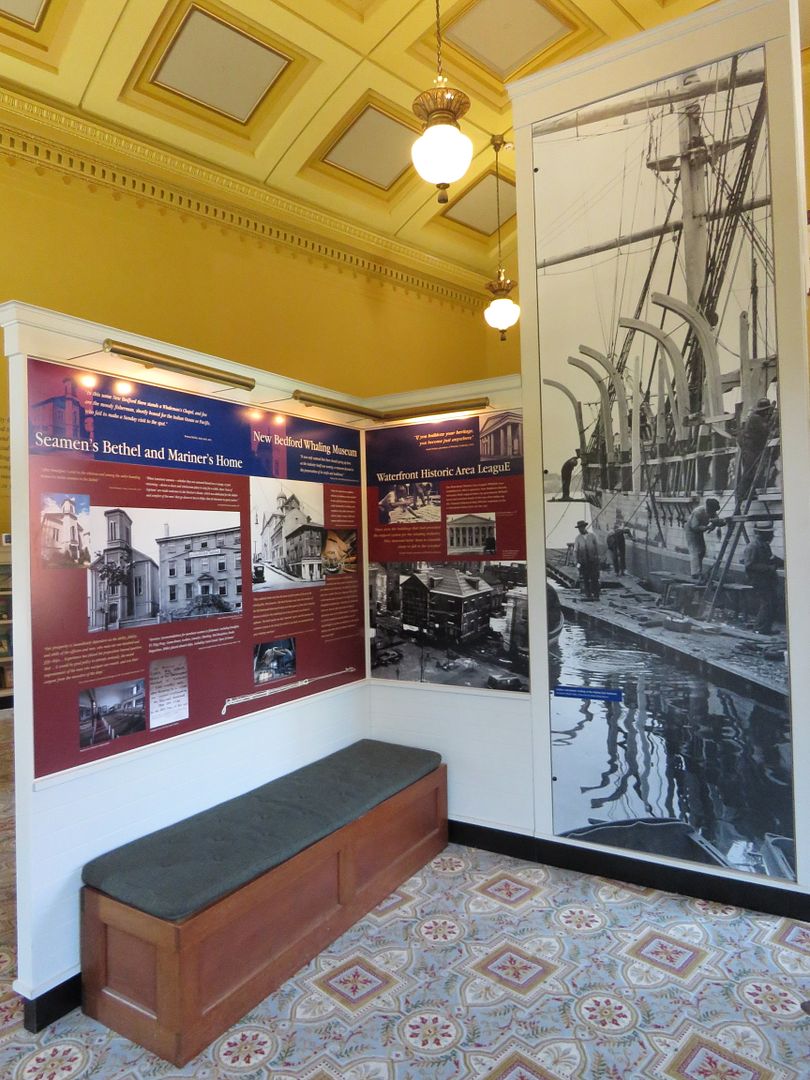
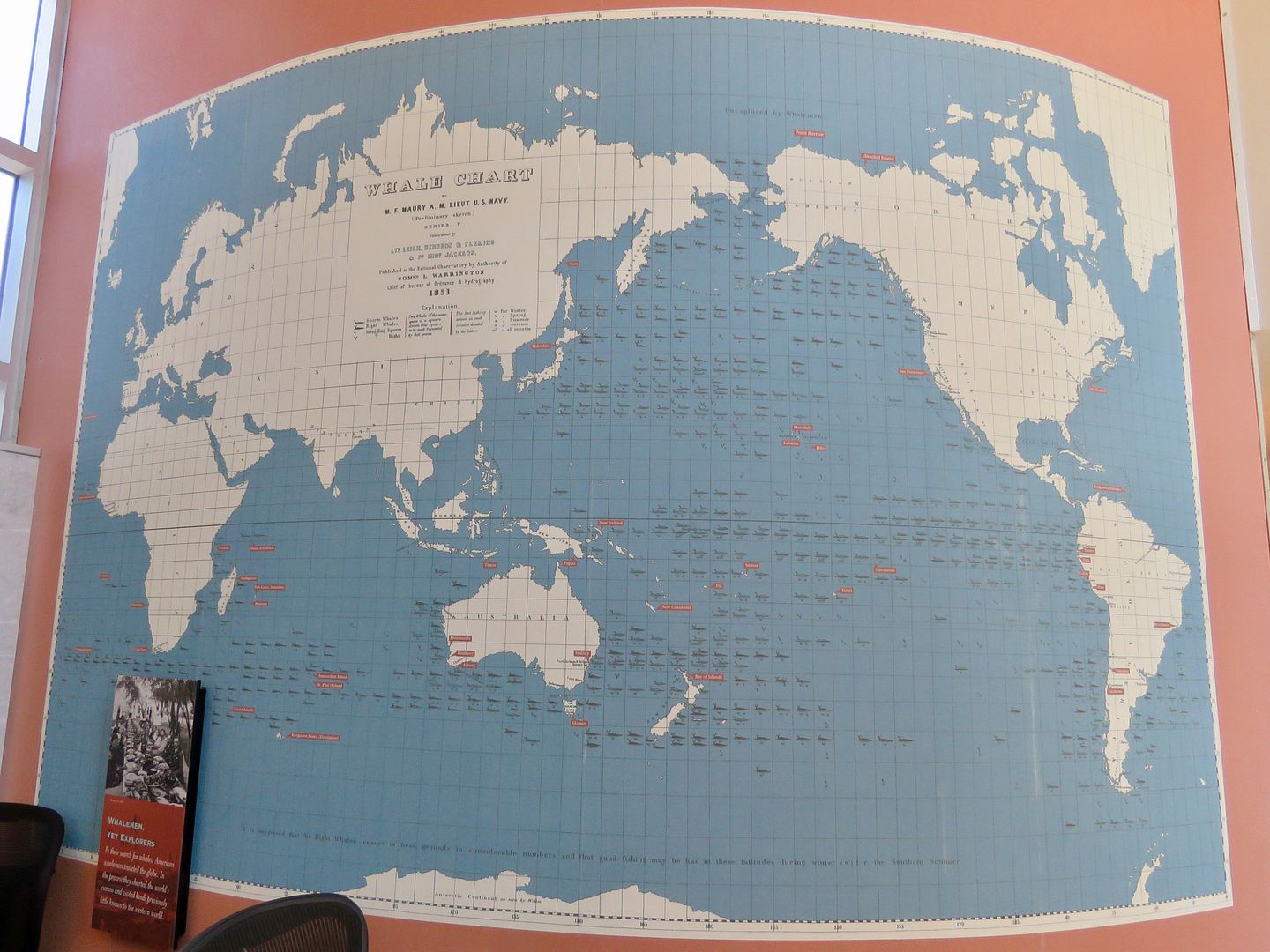

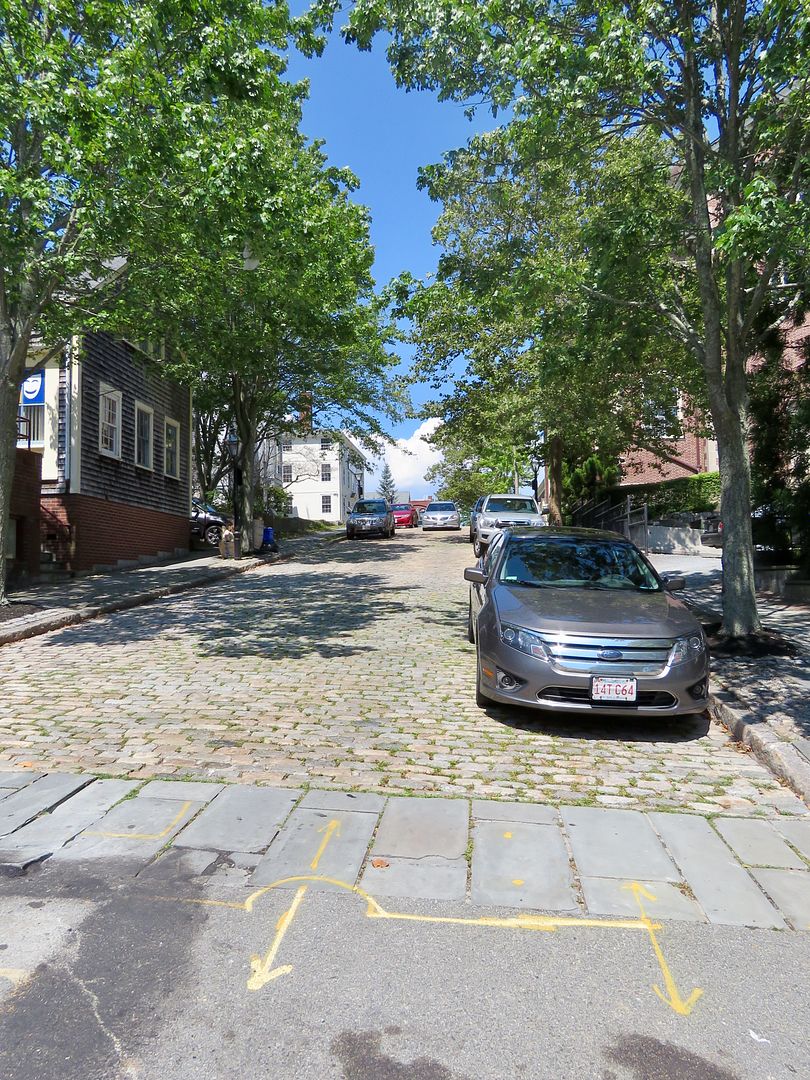
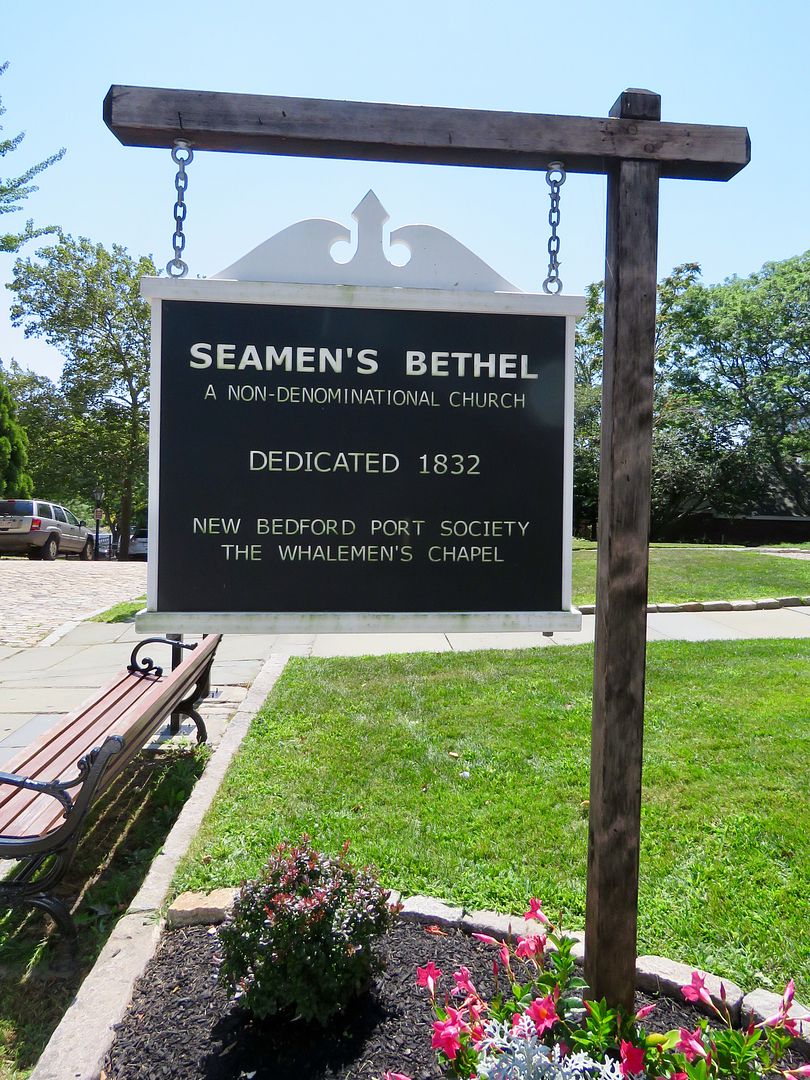
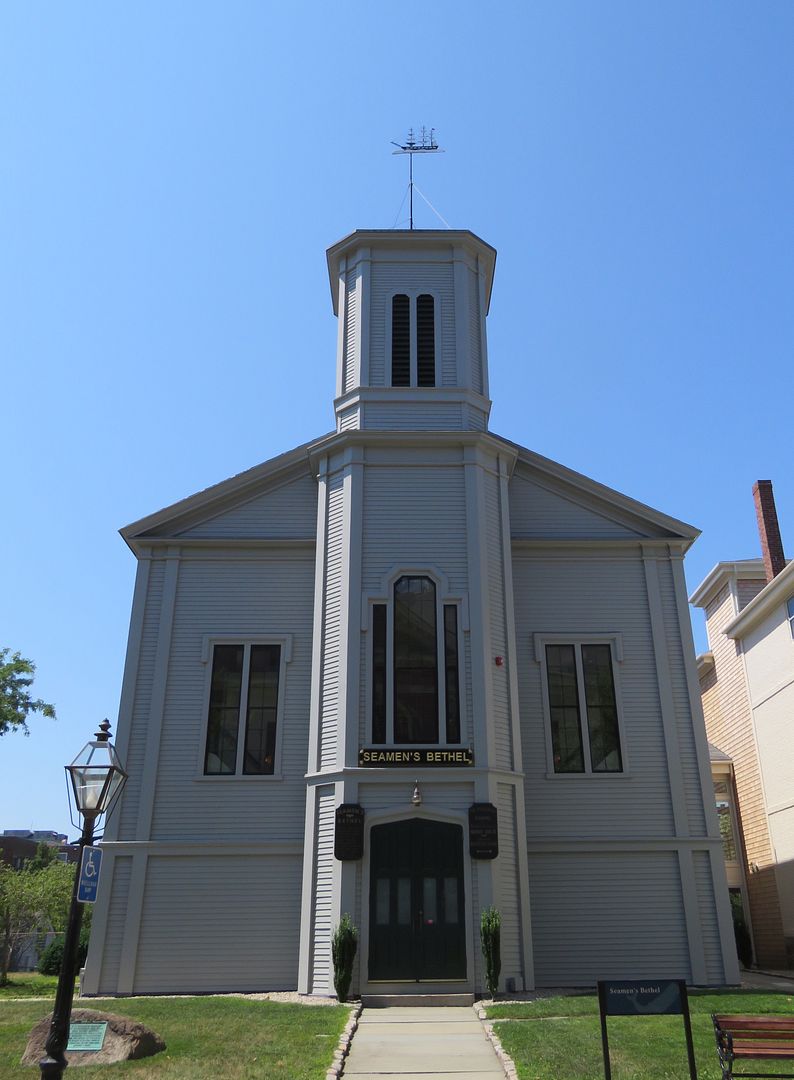
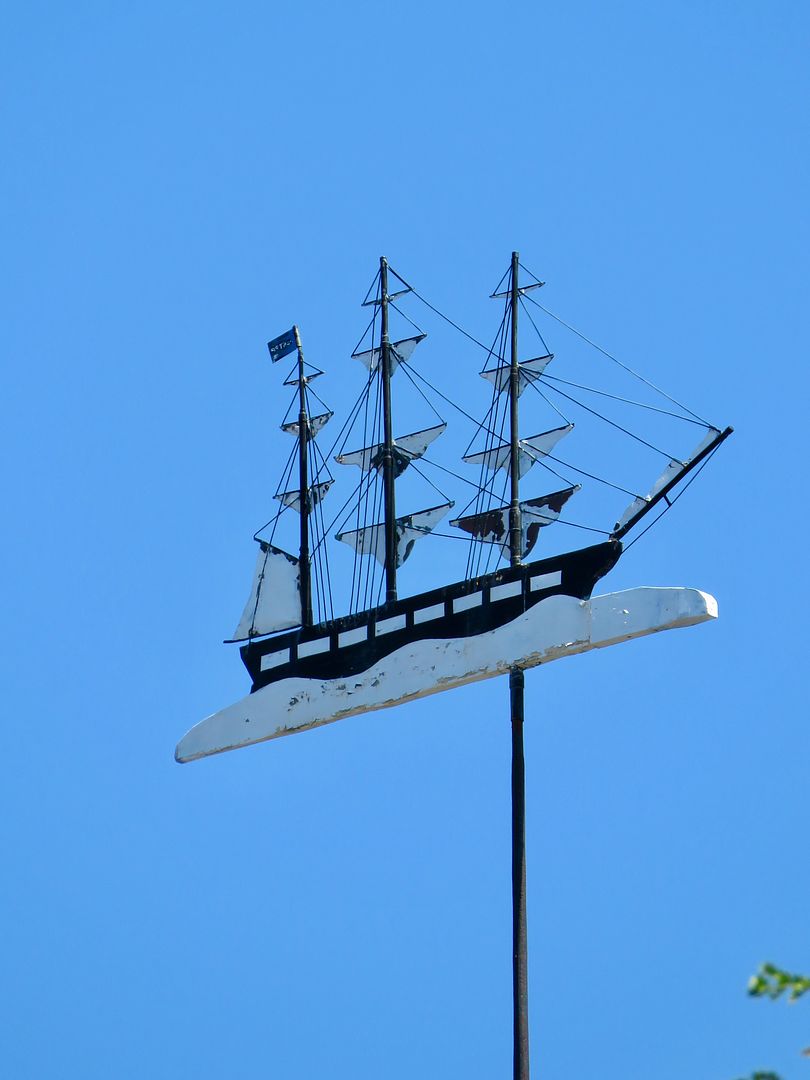


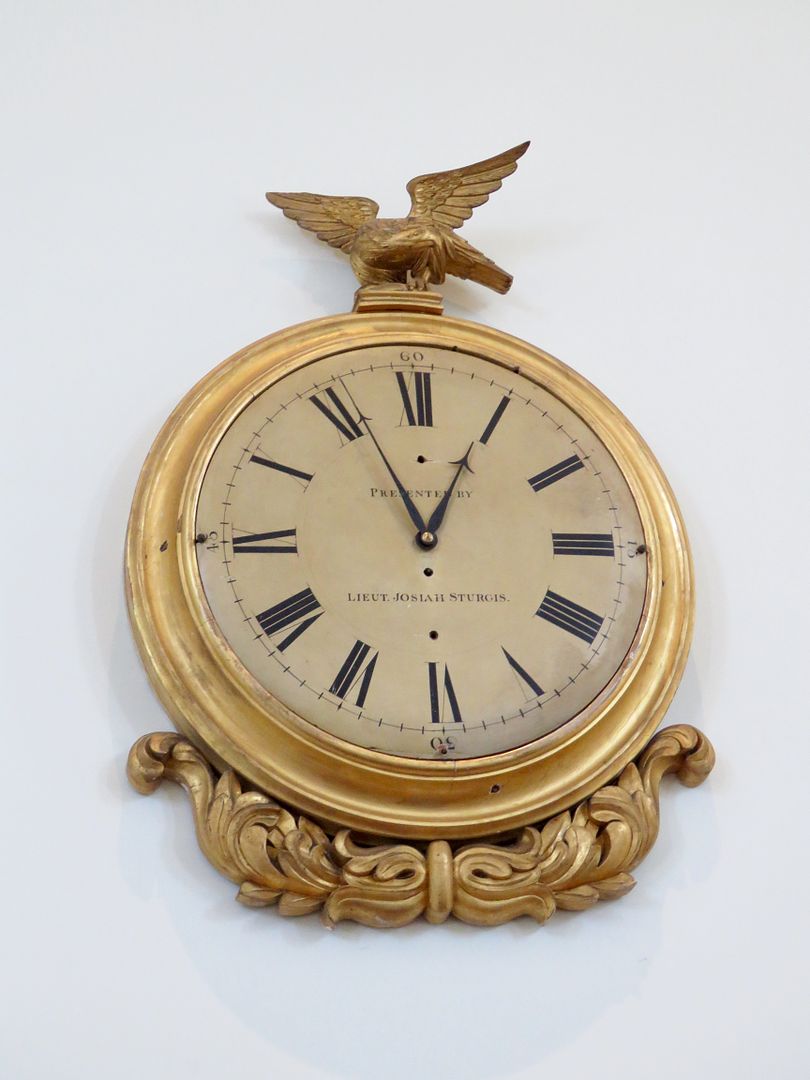



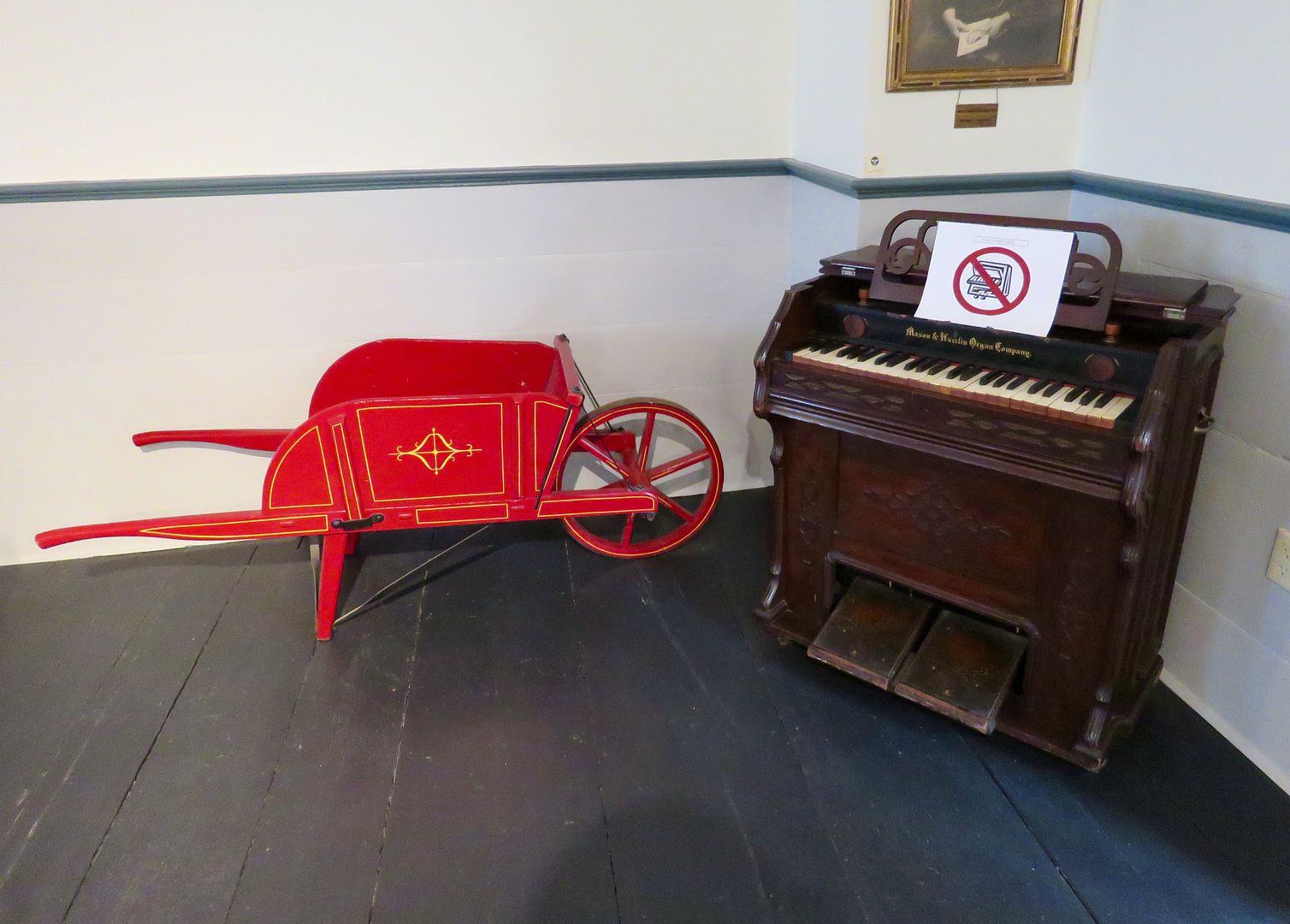
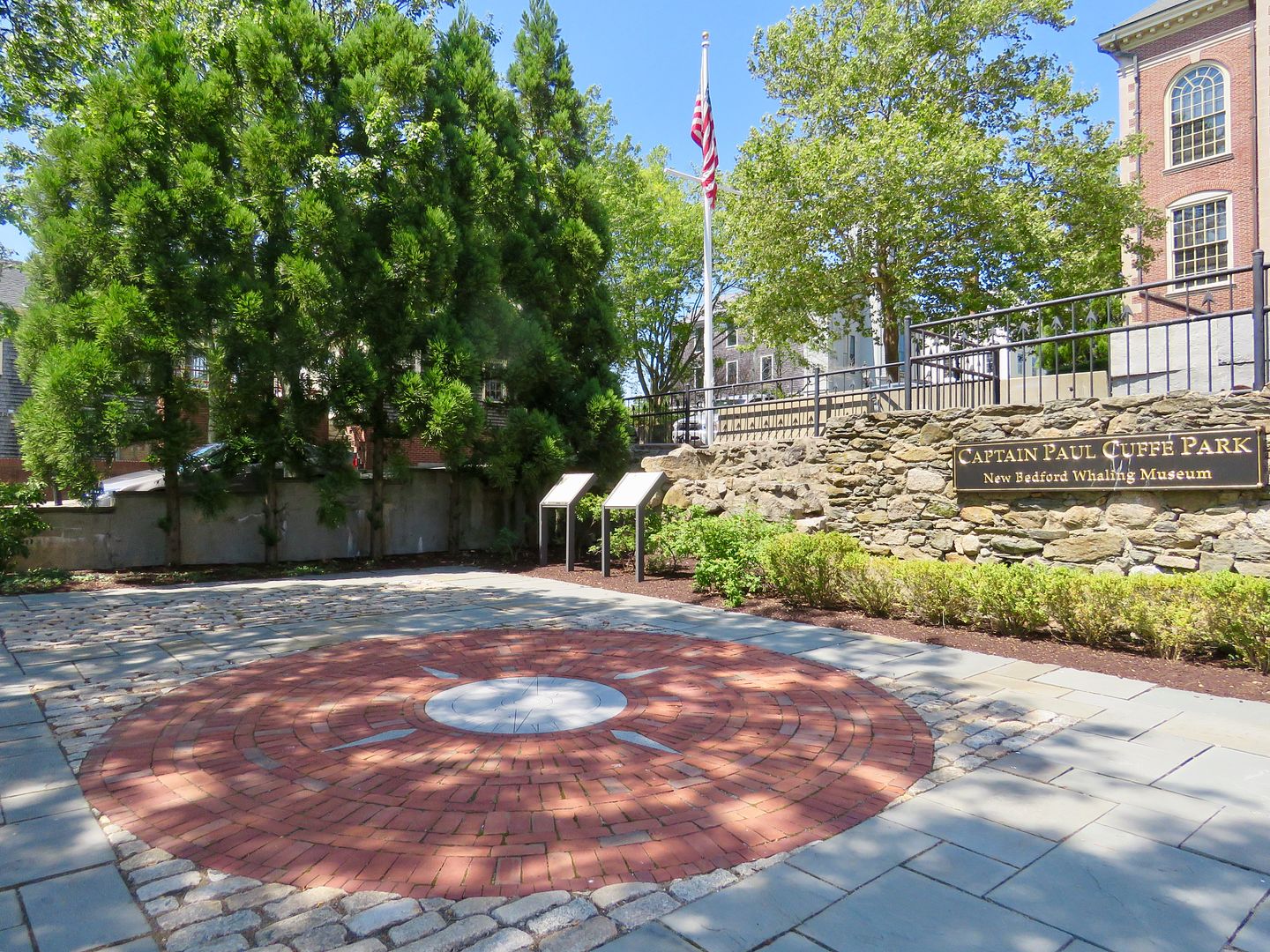
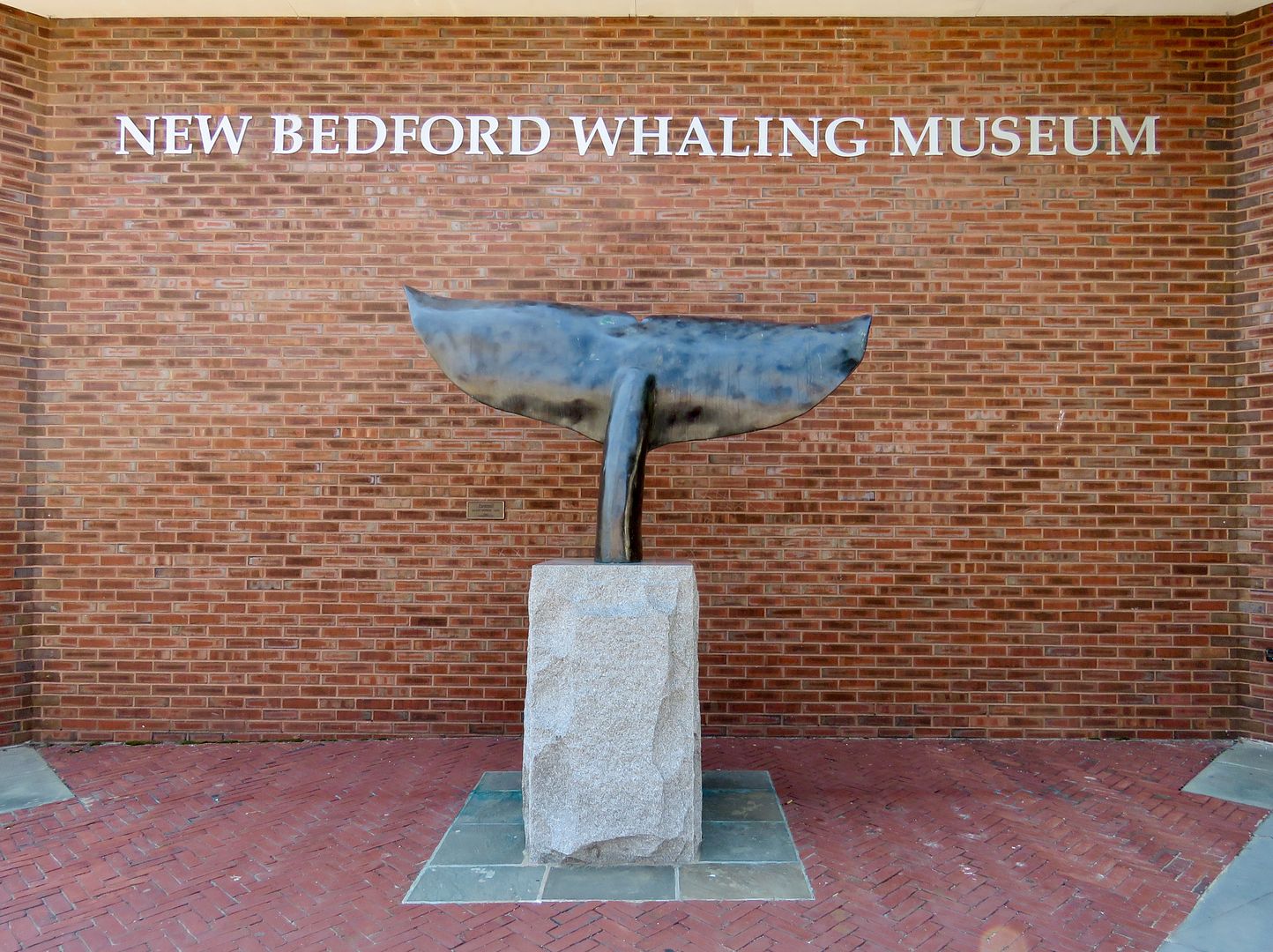
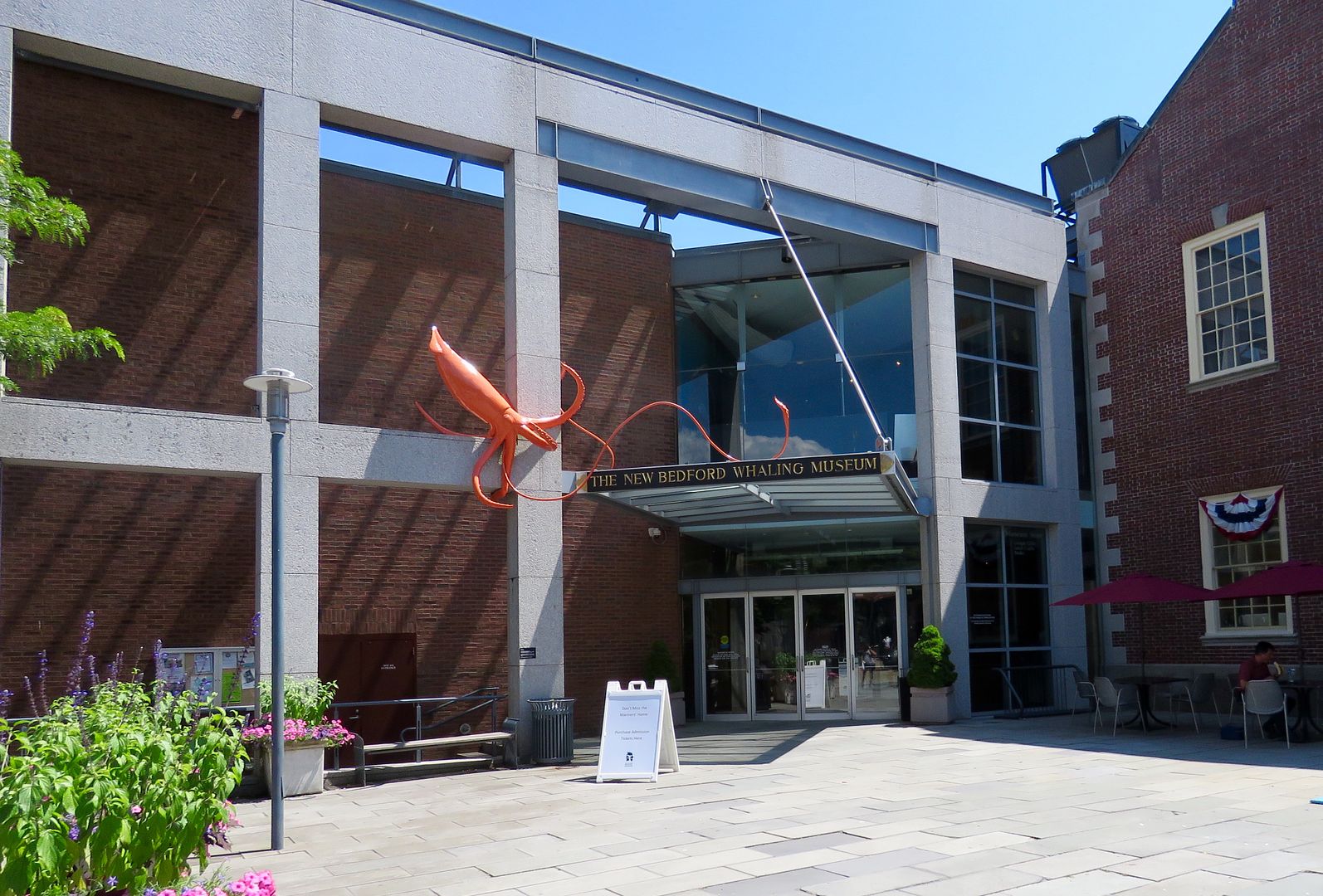
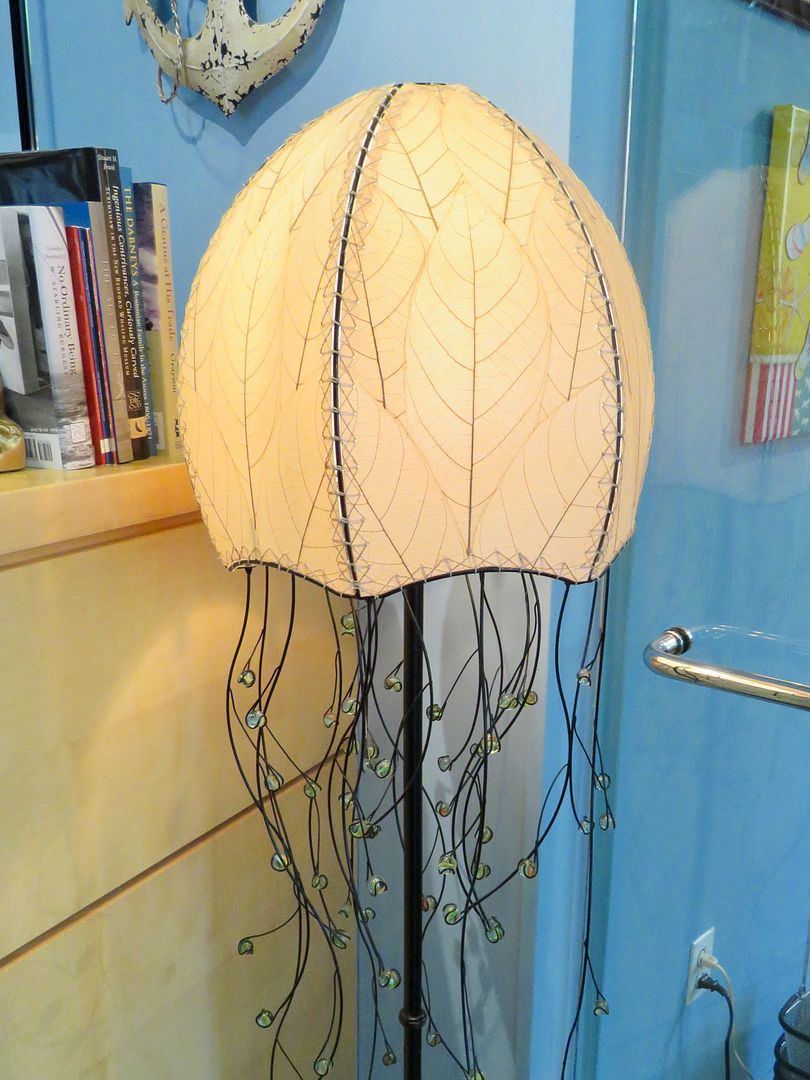
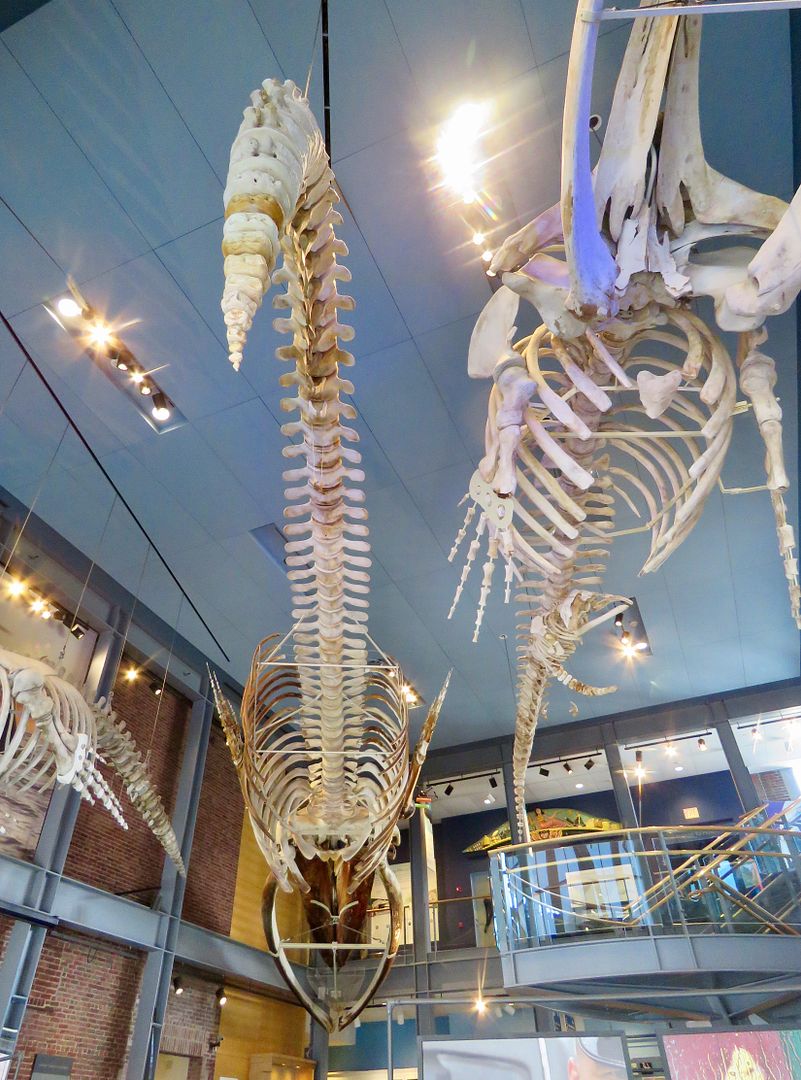
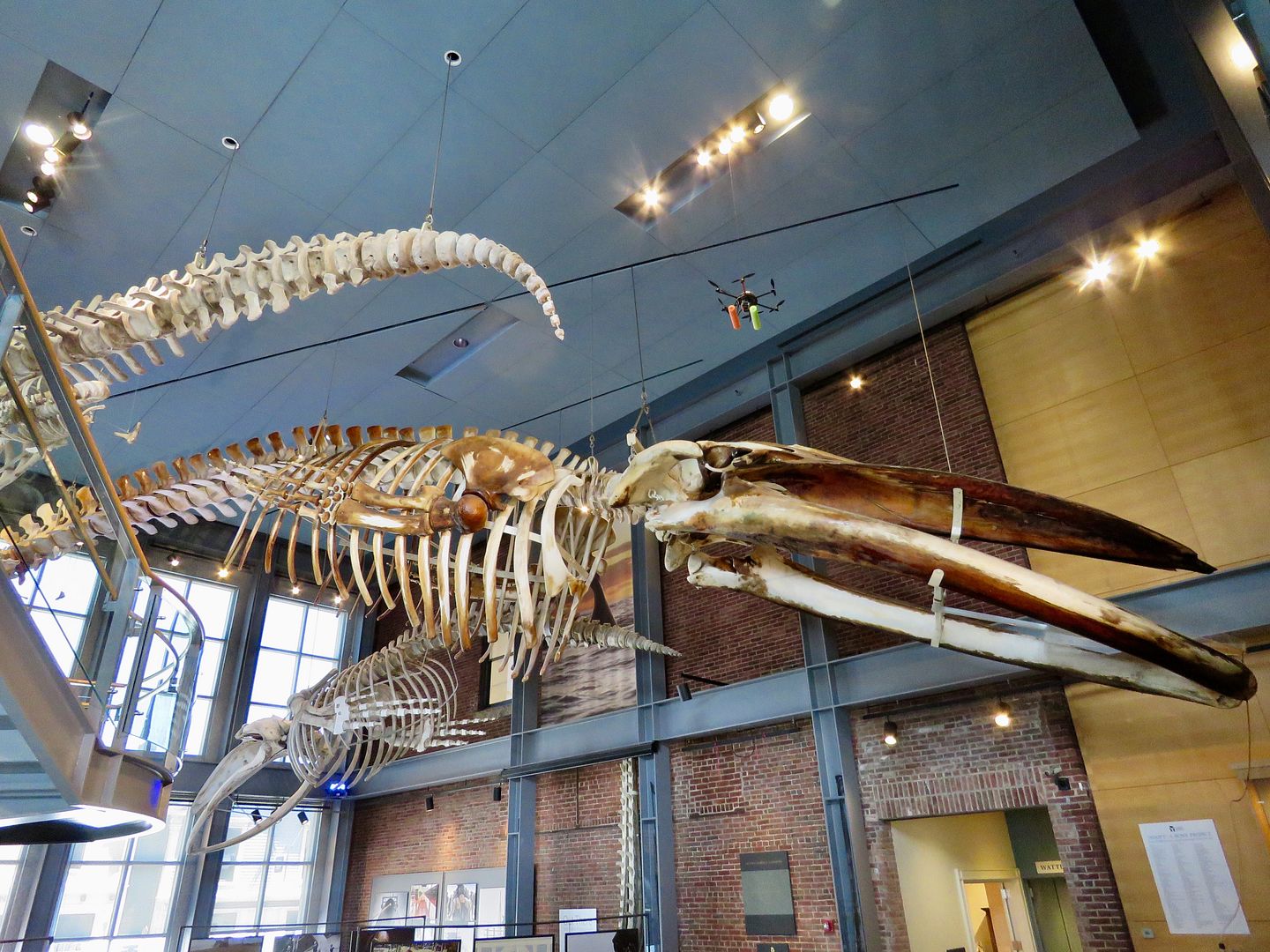

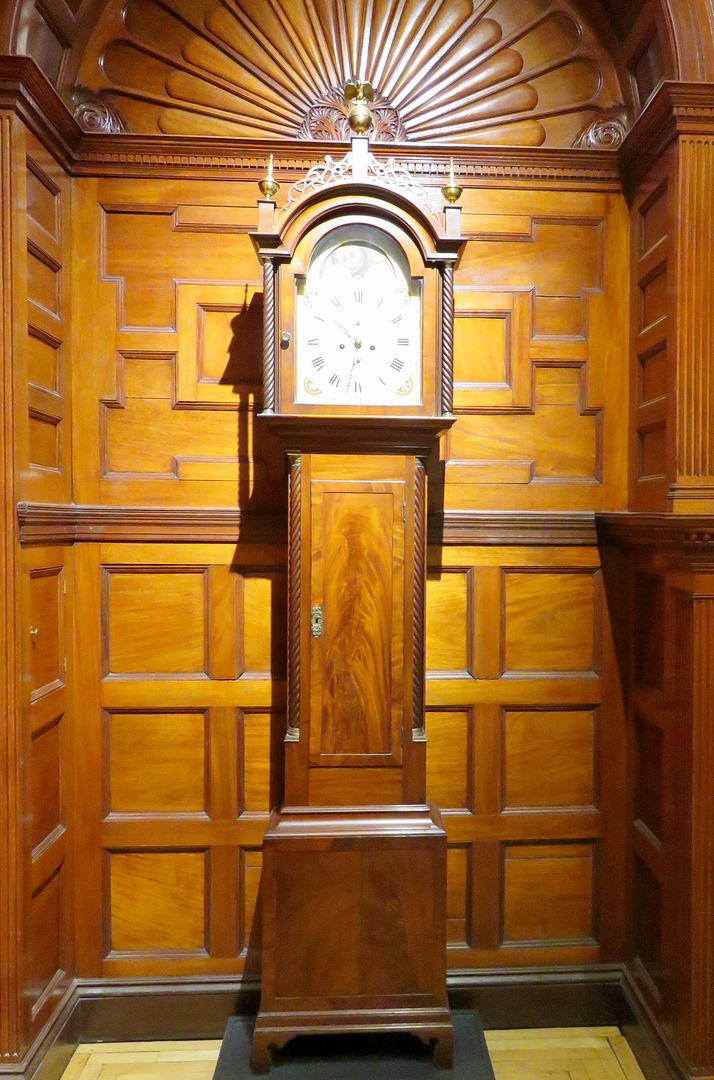
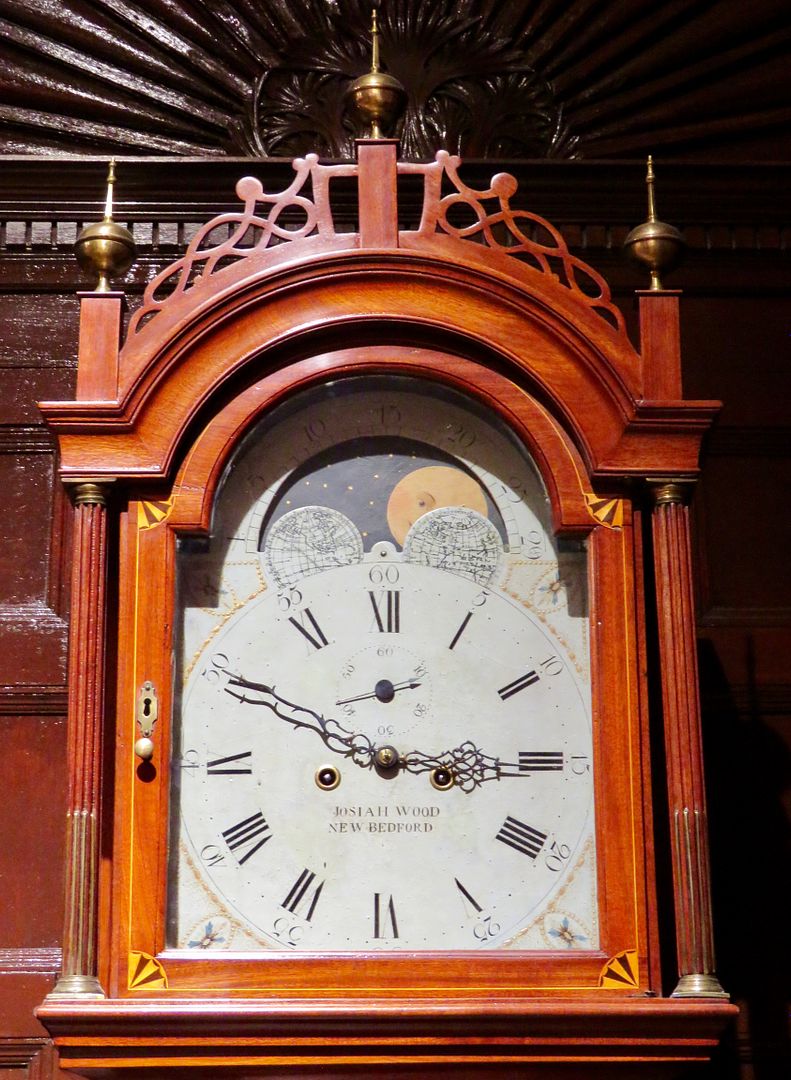
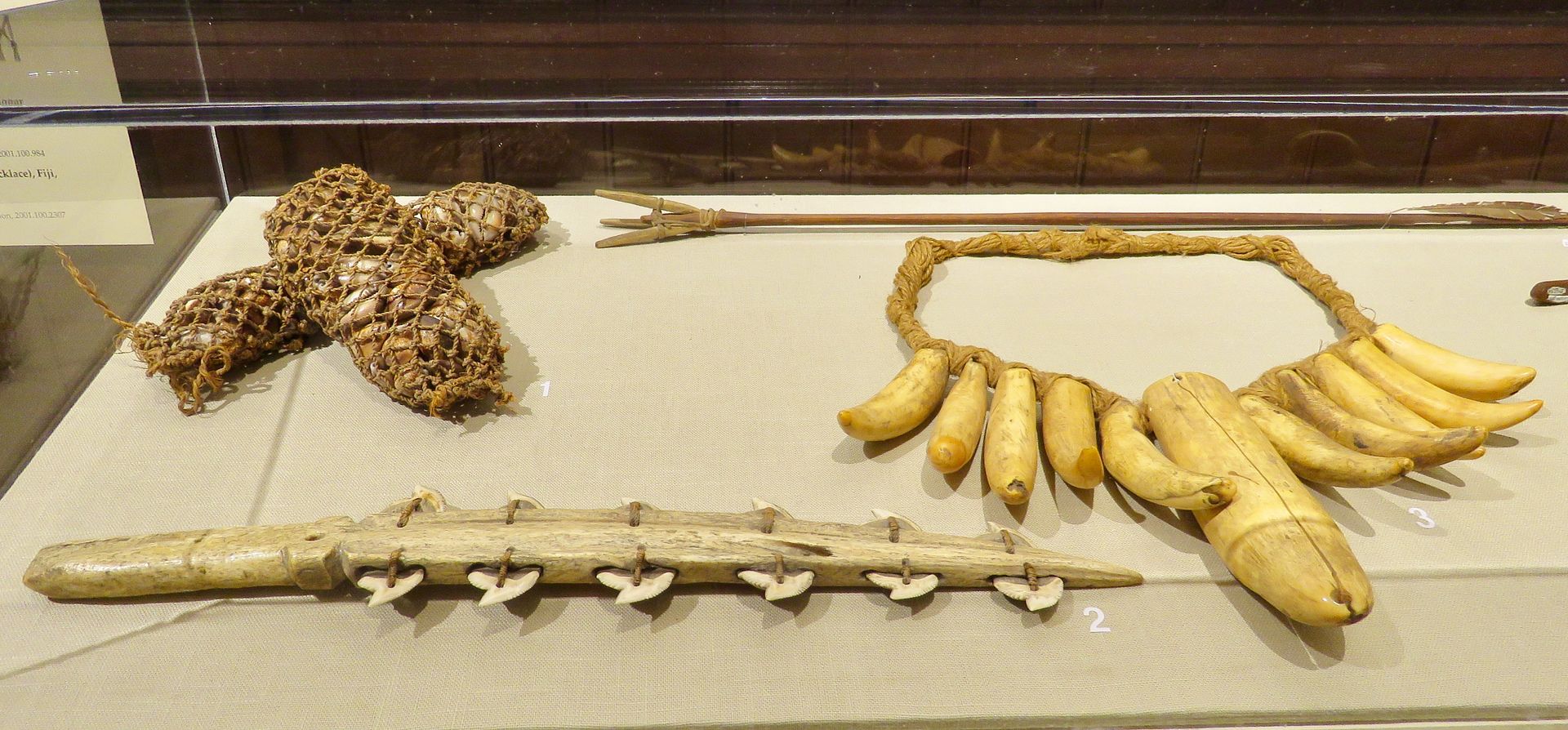
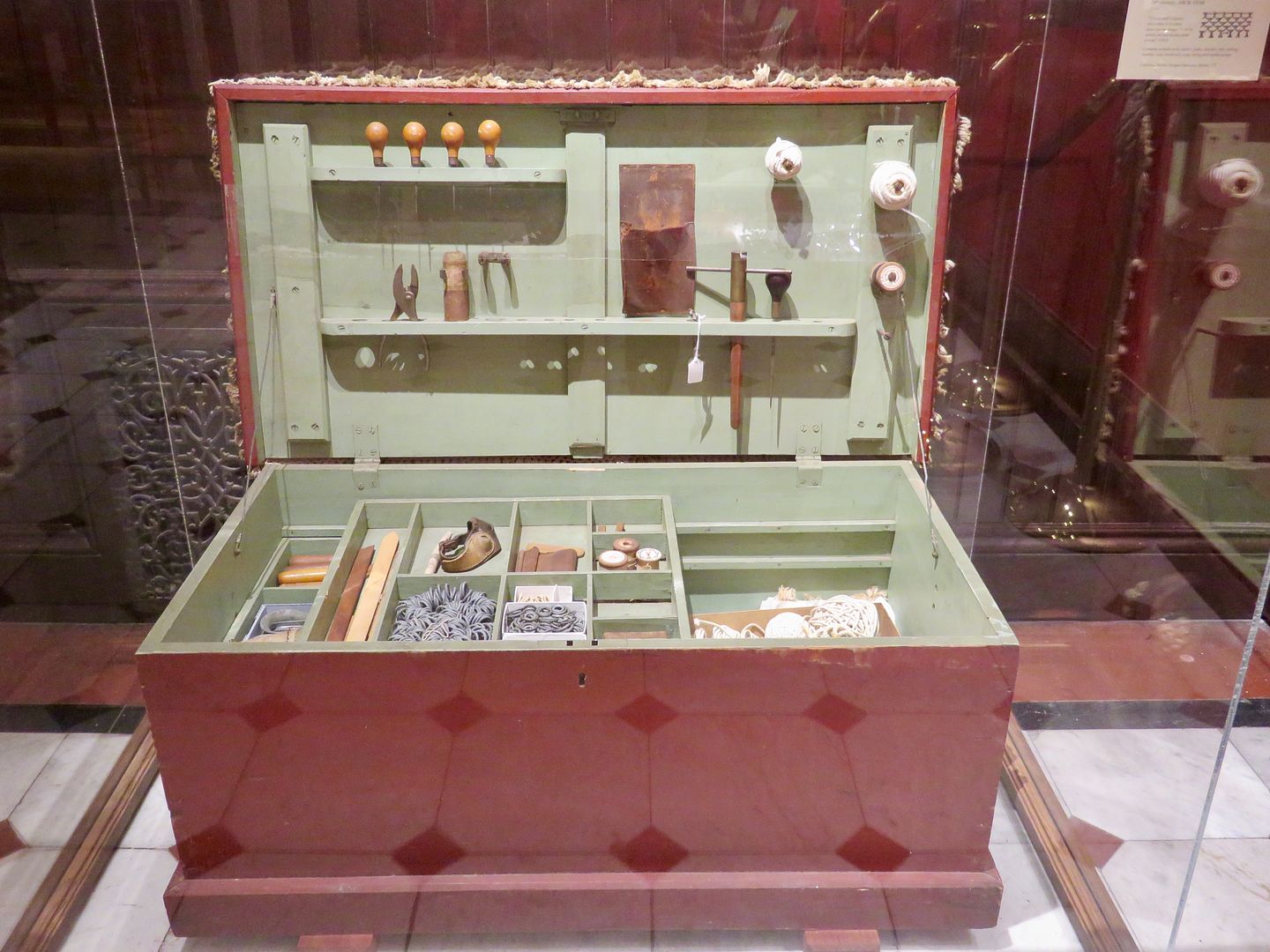
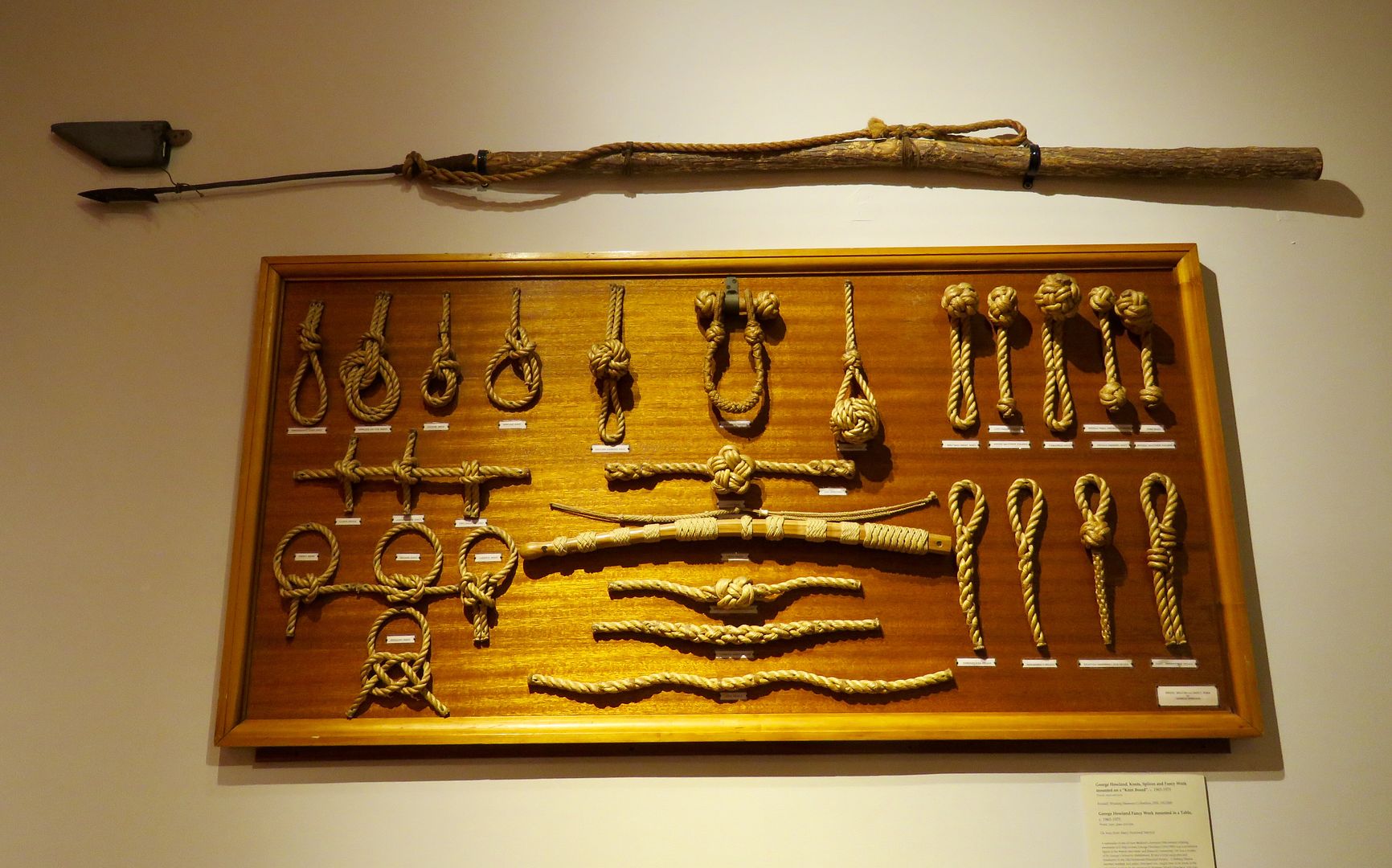
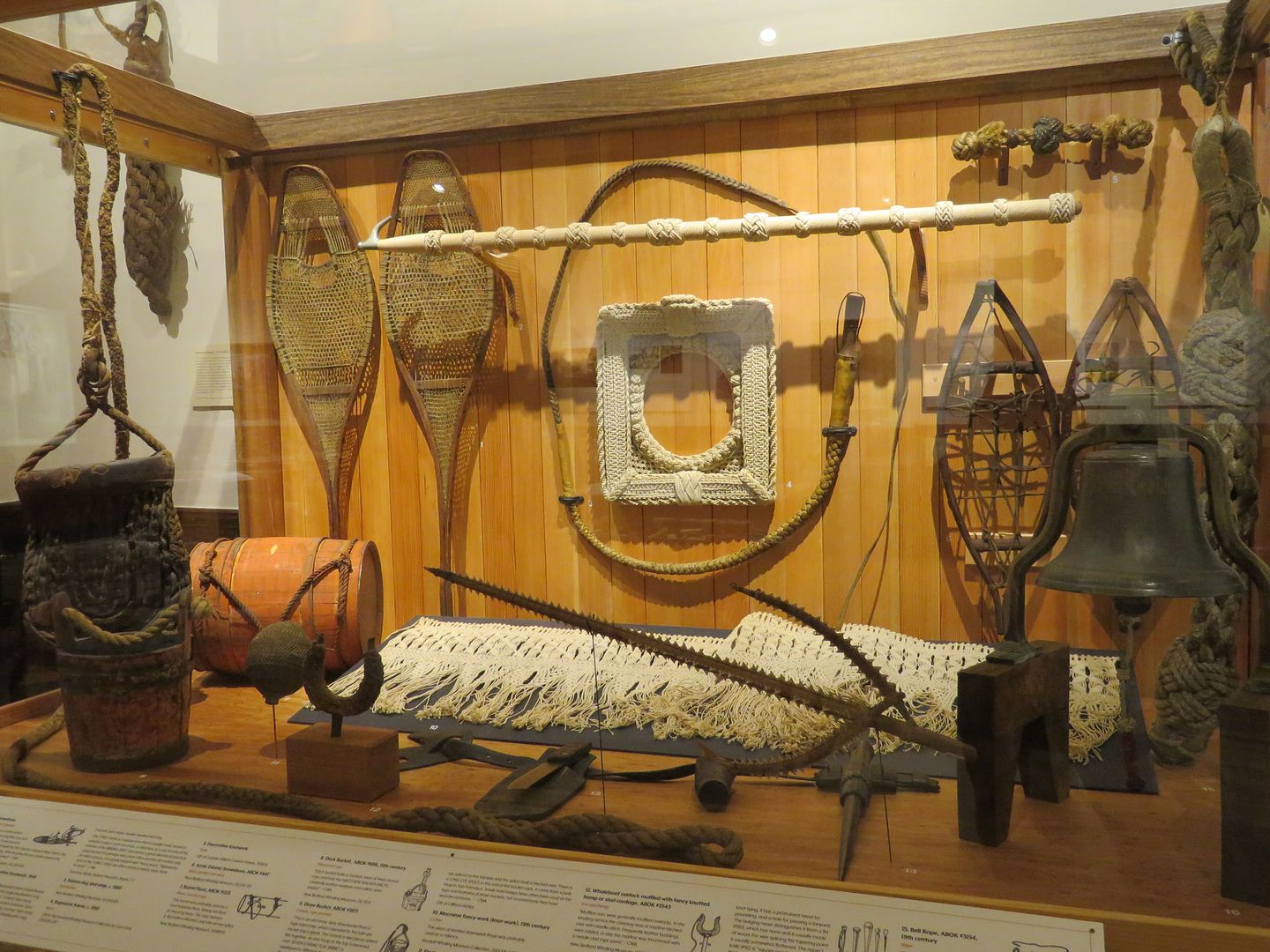
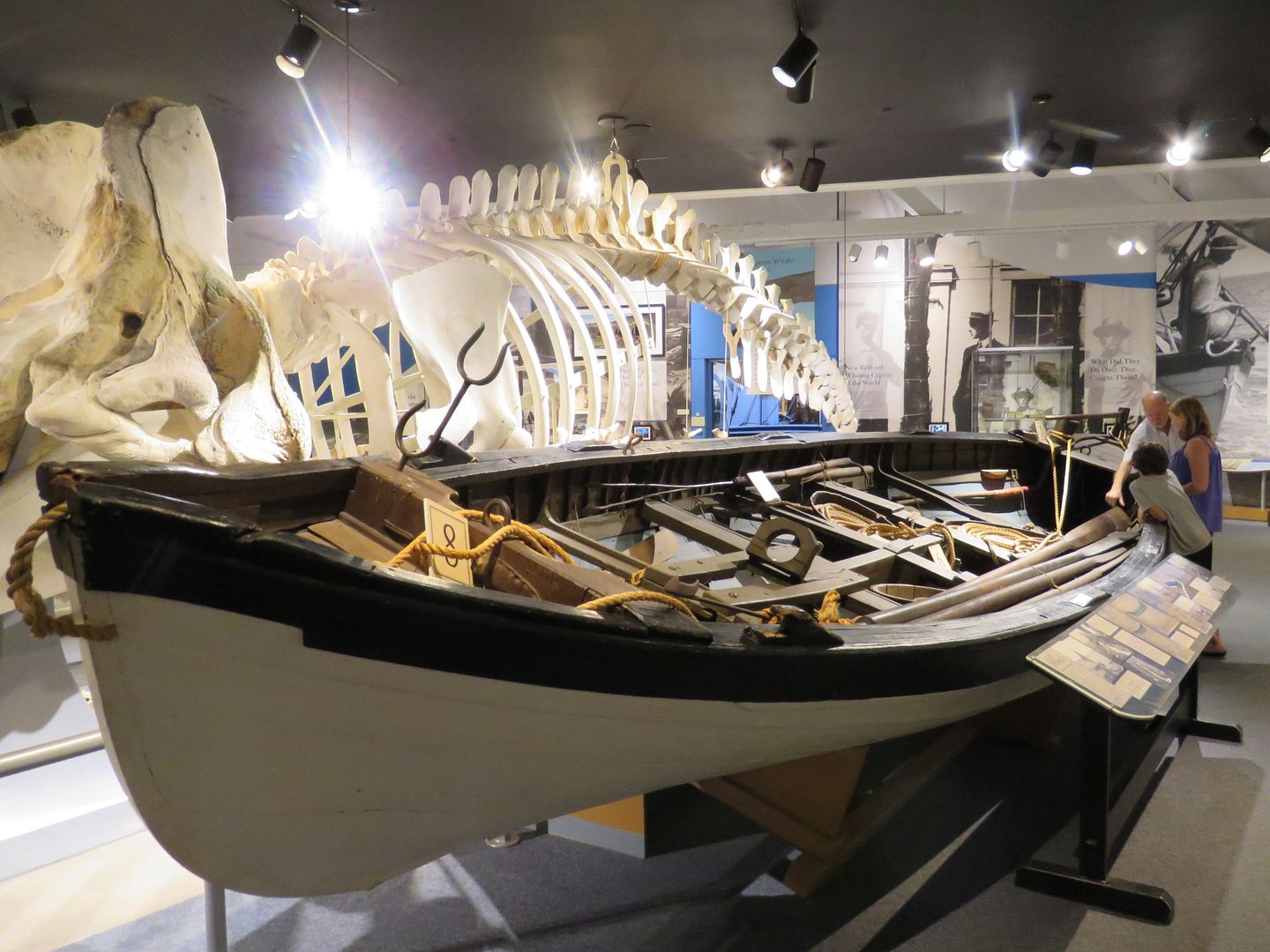

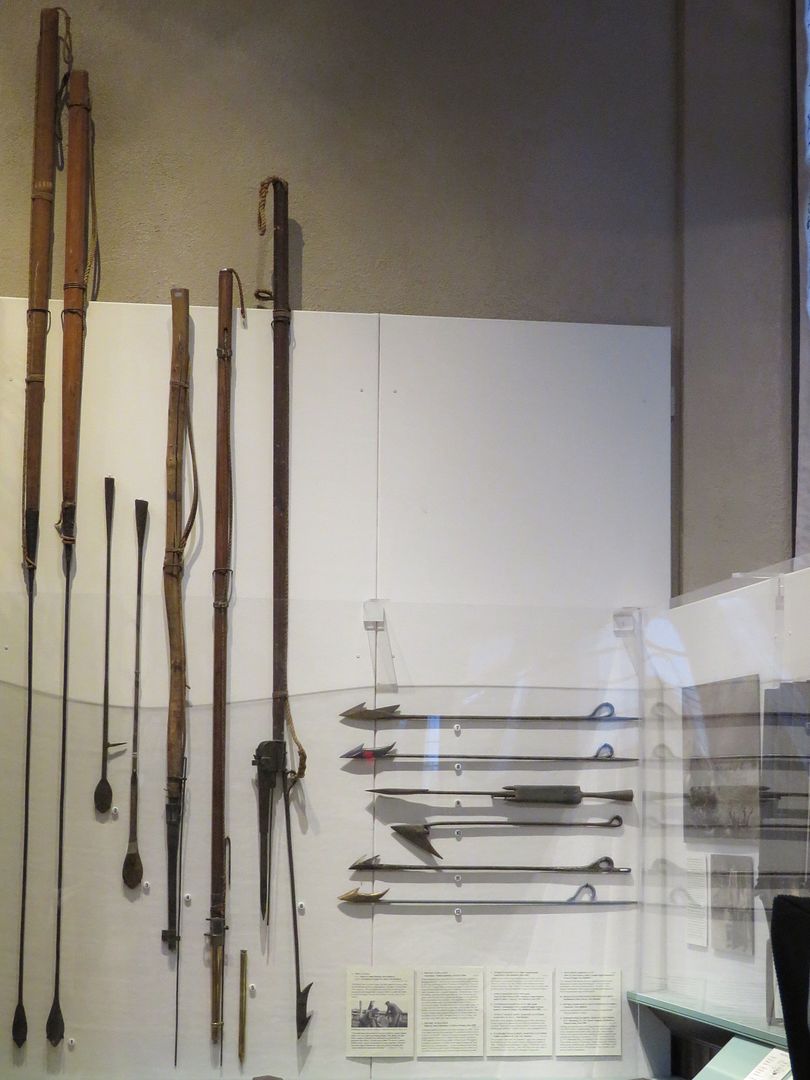
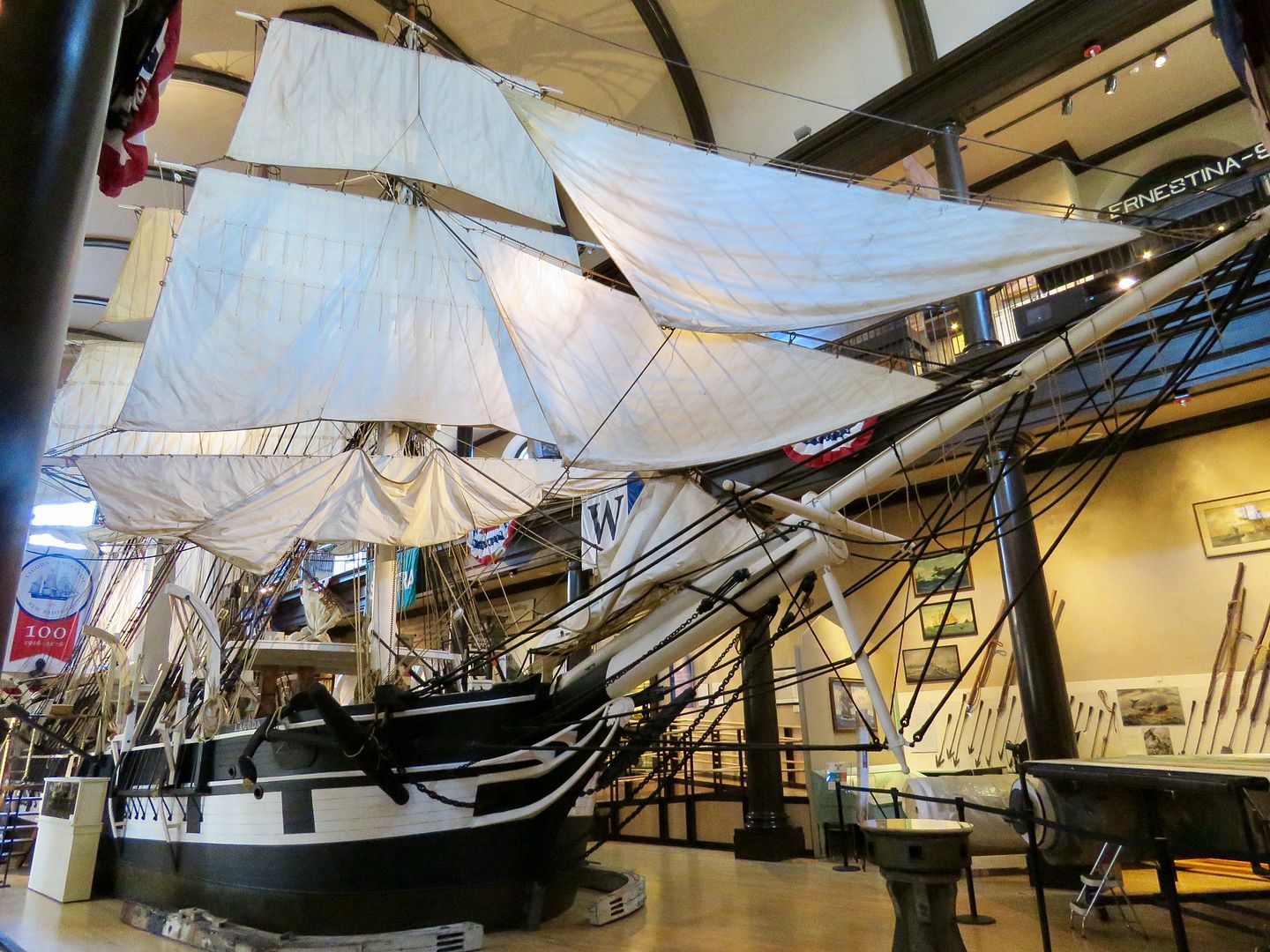

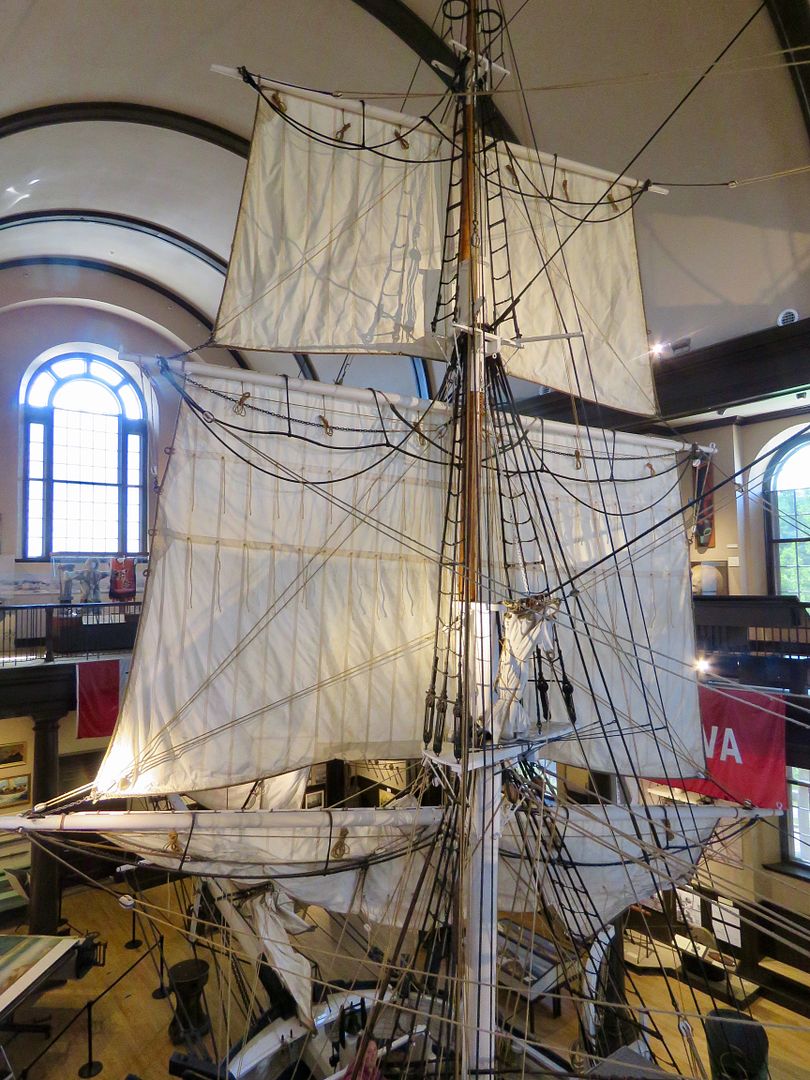



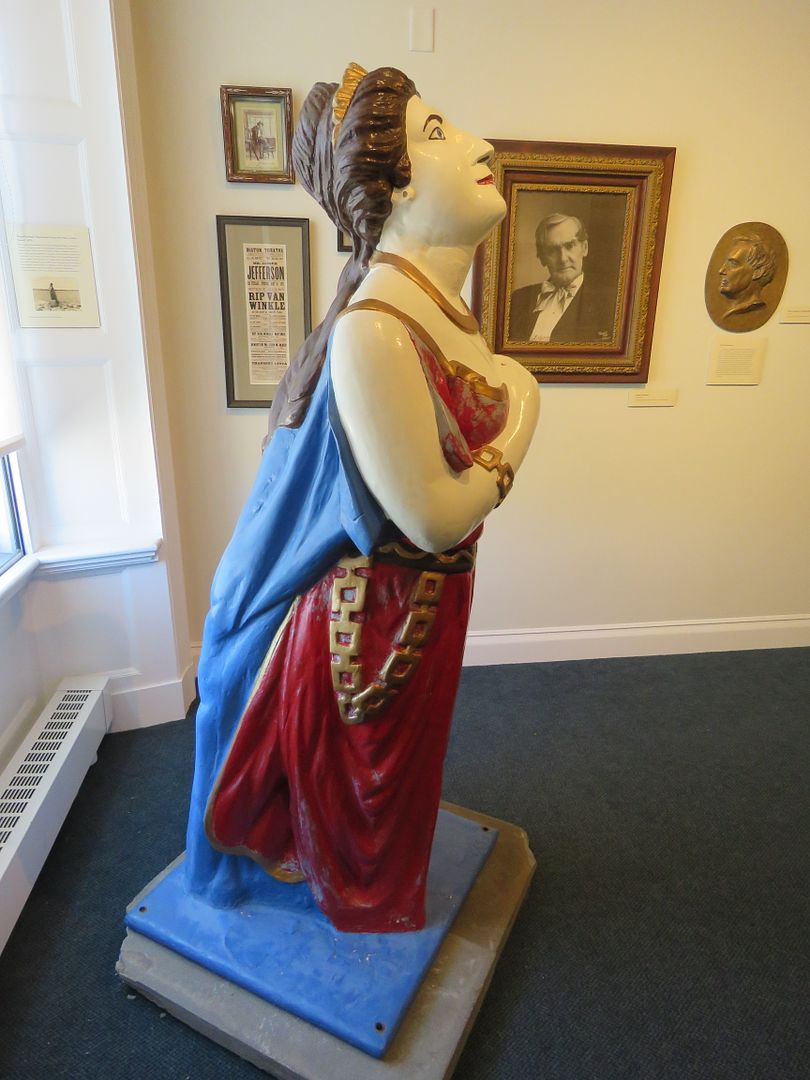
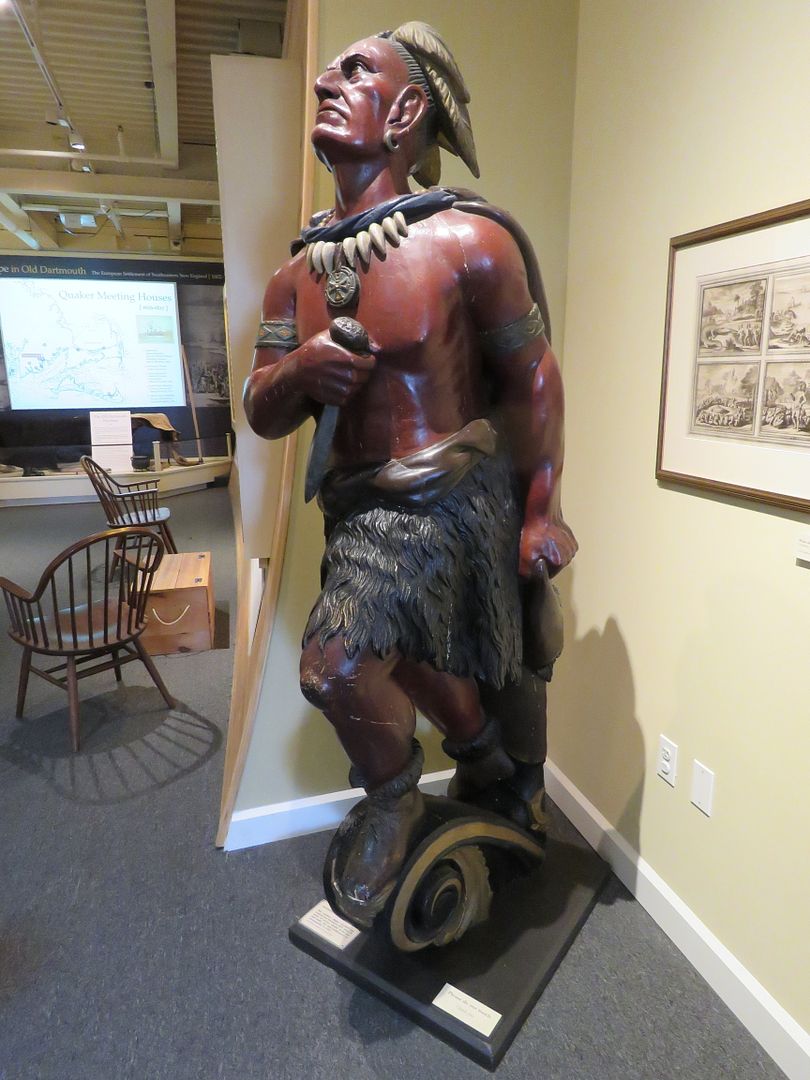

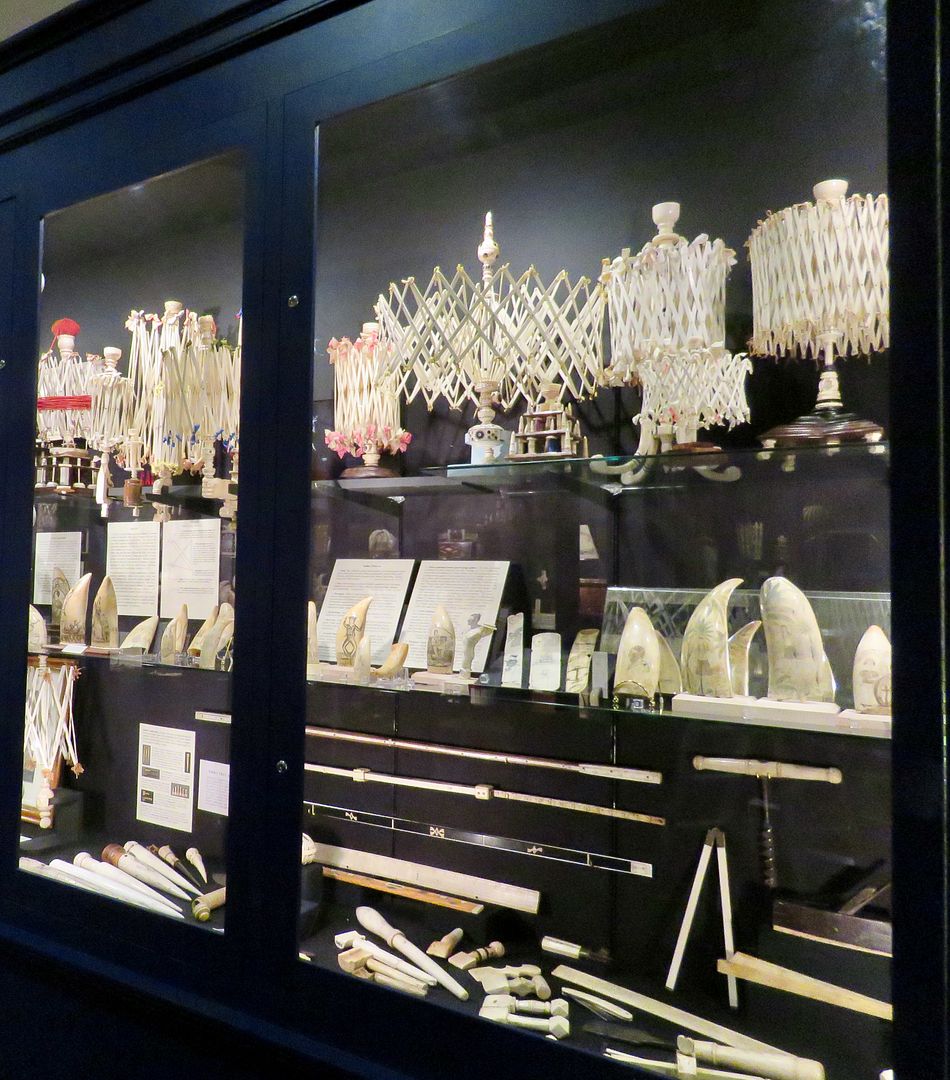


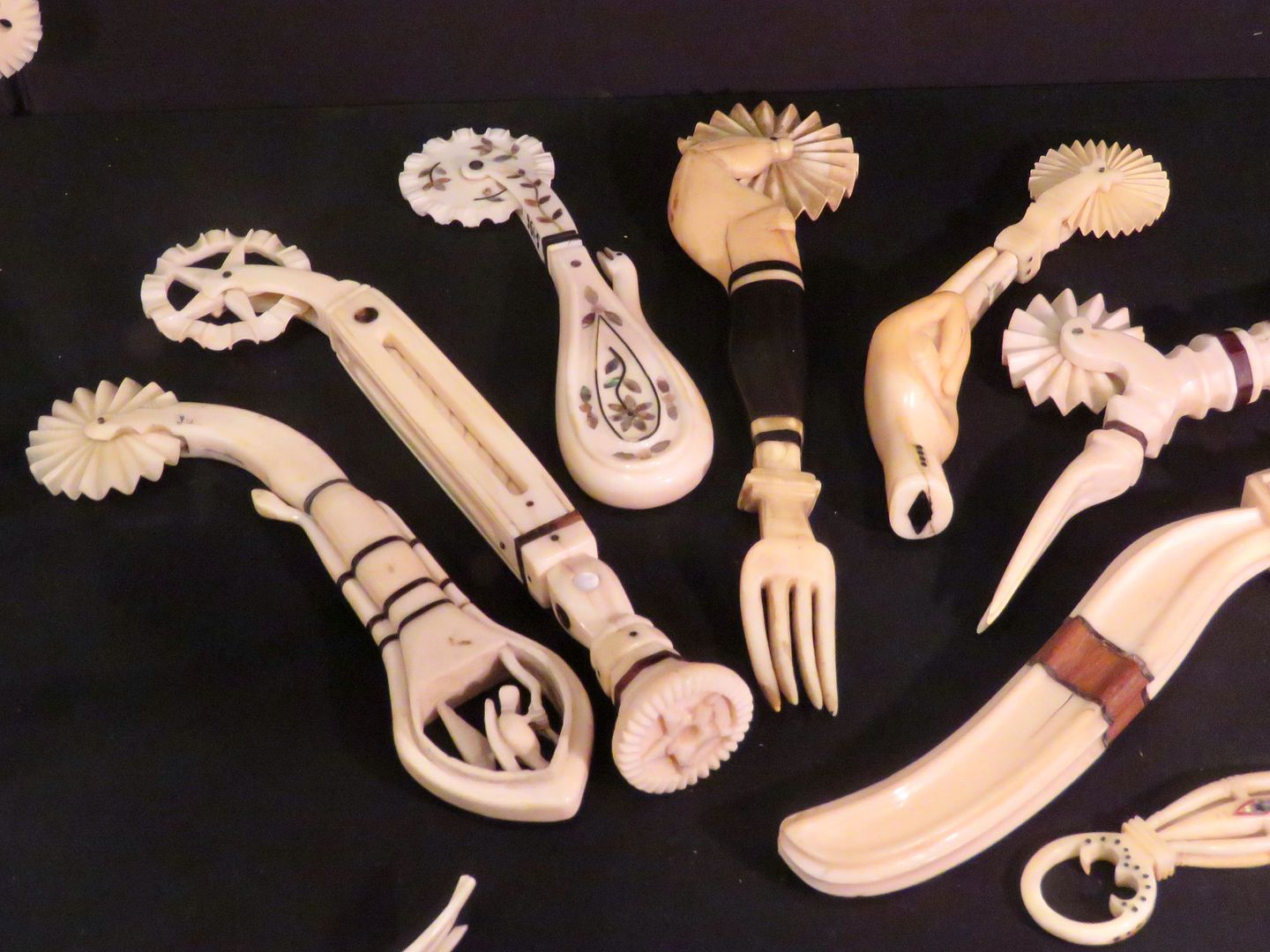
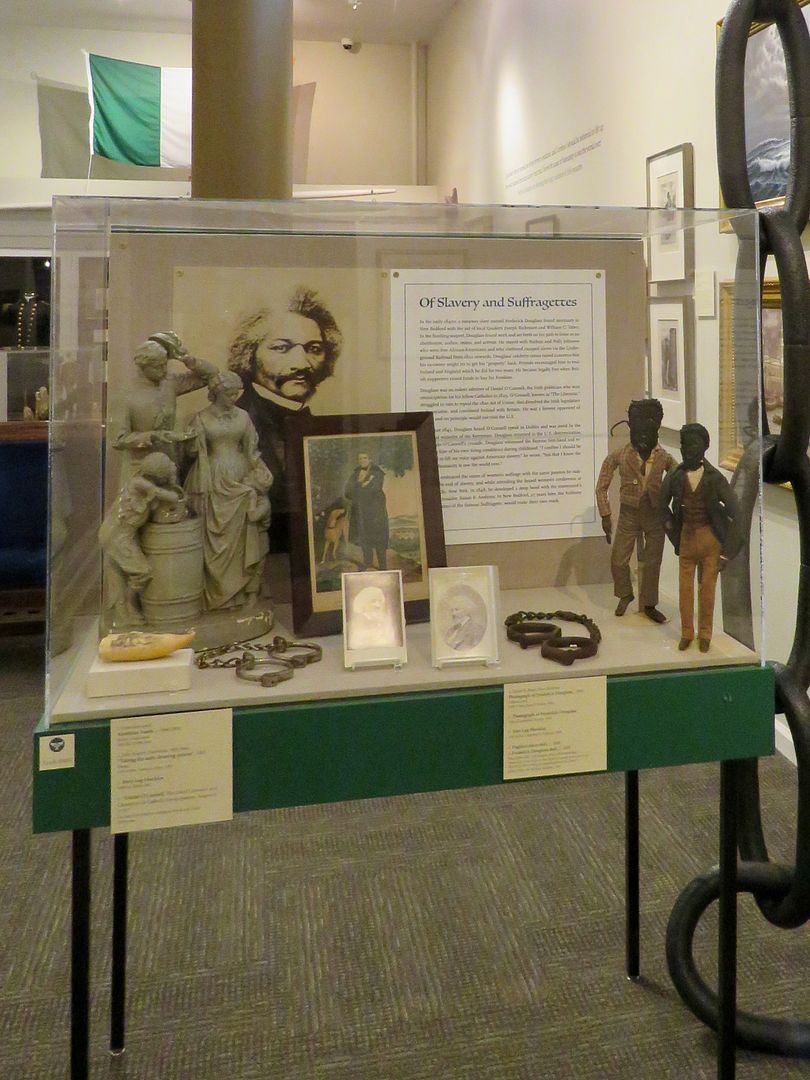
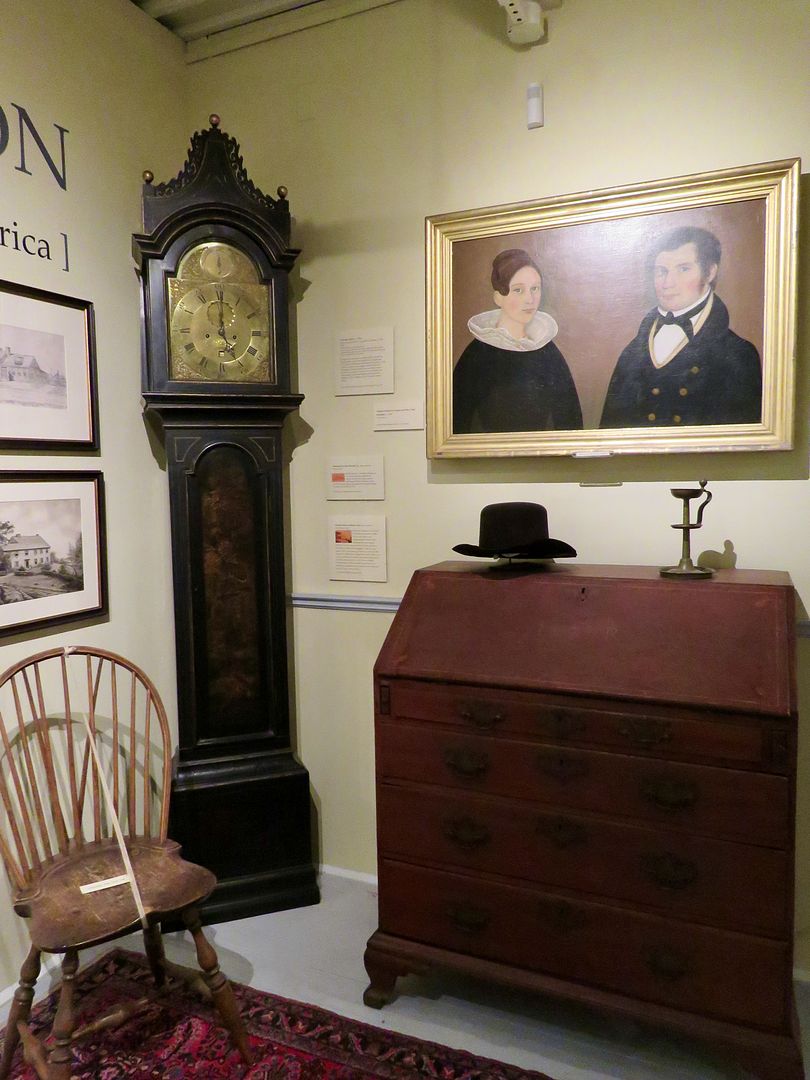
No comments:
Post a Comment